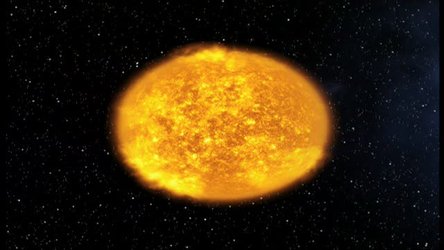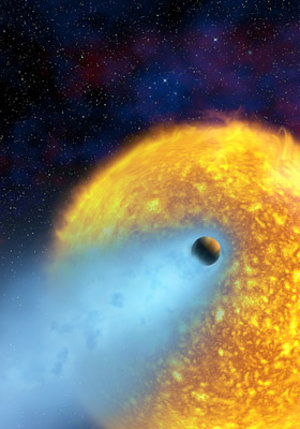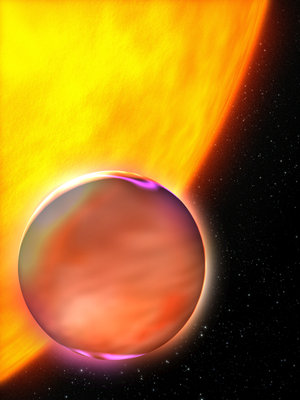Accept all cookies Accept only essential cookies See our Cookie Notice

About ESA
The European Space Agency (ESA) is Europe’s gateway to space. Its mission is to shape the development of Europe’s space capability and ensure that investment in space continues to deliver benefits to the citizens of Europe and the world.
Highlights
ESA - United space in Europe
This is ESA ESA facts Member States & Cooperating States Funding Director General Top management For Member State Delegations European vision European Space Policy ESA & EU Space Councils Responsibility & Sustainability Annual Report Calendar of meetings Corporate newsEstablishments & sites
ESA Headquarters ESA ESTEC ESA ESOC ESA ESRIN ESA EAC ESA ESAC Europe's Spaceport ESA ESEC ESA ECSAT Brussels Office Washington OfficeWorking with ESA
Business with ESA ESA Commercialisation Gateway Law at ESA Careers Cyber resilience at ESA IT at ESA Newsroom Partnerships Merchandising Licence Education Open Space Innovation Platform Integrity and Reporting Administrative Tribunal Health and SafetyMore about ESA
History ESA Historical Archives Exhibitions Publications Art & Culture ESA Merchandise Kids Diversity ESA Brand Centre ESA ChampionsLatest
Space in Member States
Find out more about space activities in our 23 Member States, and understand how ESA works together with their national agencies, institutions and organisations.
Science & Exploration
Exploring our Solar System and unlocking the secrets of the Universe
Go to topicAstronauts
Missions
Juice Euclid Webb Solar Orbiter BepiColombo Gaia ExoMars Cheops Exoplanet missions More missionsActivities
International Space Station Orion service module Gateway Concordia Caves & Pangaea BenefitsLatest
Space Safety
Protecting life and infrastructure on Earth and in orbit
Go to topicAsteroids
Asteroids and Planetary Defence Asteroid danger explained Flyeye telescope: asteroid detection Hera mission: asteroid deflection Near-Earth Object Coordination CentreSpace junk
About space debris Space debris by the numbers Space Environment Report In space refuelling, refurbishing and removingSafety from space
Clean Space ecodesign Zero Debris Technologies Space for Earth Supporting Sustainable DevelopmentLatest
Applications
Using space to benefit citizens and meet future challenges on Earth
Go to topicObserving the Earth
Observing the Earth Future EO Copernicus Meteorology Space for our climate Satellite missionsCommercialisation
ESA Commercialisation Gateway Open Space Innovation Platform Business Incubation ESA Space SolutionsLatest
Enabling & Support
Making space accessible and developing the technologies for the future
Go to topicBuilding missions
Space Engineering and Technology Test centre Laboratories Concurrent Design Facility Preparing for the future Shaping the Future Discovery and Preparation Advanced Concepts TeamSpace transportation
Space Transportation Ariane Vega Space Rider Future space transportation Boost! Europe's Spaceport Launches from Europe's Spaceport from 2012Latest
Hubble Views Evaporating Planet
23 March 2002
Using the Hubble Space Telescope, for the first time, astronomers have observed the atmosphere of an extrasolar planet evaporating off into space. Much of this planet may eventually disappear, leaving only a dense core. The planet is a type of extrasolar planet known as a 'hot Jupiter'. These giant, gaseous planets orbit their stars very closely, drawn to them like moths to a flame.
This programme tells of the astronomers findings and includes graphic animations of the Hubble Space Telescope. The programme comprises of an A-Roll with English commentary and is complimented by a B-Roll with clean international sound.
SCRIPT
European astronomers observe first evaporating planet
[Earth animations, 0:00-0:15]
The Earth - the planet on which we live.
It orbits around our star, the Sun, at a safe distance of 150 million kilometres. But not all planets are so fortunate...
[Dramatic close-up, extrasolar planet orbiting star, 0:15-0:45]
In the latest issue of the magazine NATURE astronomers report the first observation of an evaporating extrasolar planet, its atmosphere boiling off into space. Much of the planet may eventually disappear, leaving only a dense core. This observation sheds new light on the fate of gas giant planets that spiral in close to their parent stars, drawn to them like moths to a flame.
[Hubble Space Telescope animations, 0:45-1:07]
A team of astronomers used the Earth-orbiting NASA/ESA Hubble Space Telescope to observe the planet as it crossed the face of its parent star. The observations were made in ultraviolet light. Hubble's position above the atmosphere makes it the only telescope that
-
CREDIT
ESA -
LICENCE
ESA Standard Licence
-
Documentary
-
-
-
-

Hubble Views Evaporating Planet

ESA European Astronomers observe first evaporating planet

Artist’s impression of ‘evaporating’ exoplanet

Extrasolar planet HD 189733b















 Germany
Germany
 Austria
Austria
 Belgium
Belgium
 Denmark
Denmark
 Spain
Spain
 Estonia
Estonia
 Finland
Finland
 France
France
 Greece
Greece
 Hungary
Hungary
 Ireland
Ireland
 Italy
Italy
 Luxembourg
Luxembourg
 Norway
Norway
 The Netherlands
The Netherlands
 Poland
Poland
 Portugal
Portugal
 Czechia
Czechia
 Romania
Romania
 United Kingdom
United Kingdom
 Slovenia
Slovenia
 Sweden
Sweden
 Switzerland
Switzerland

























